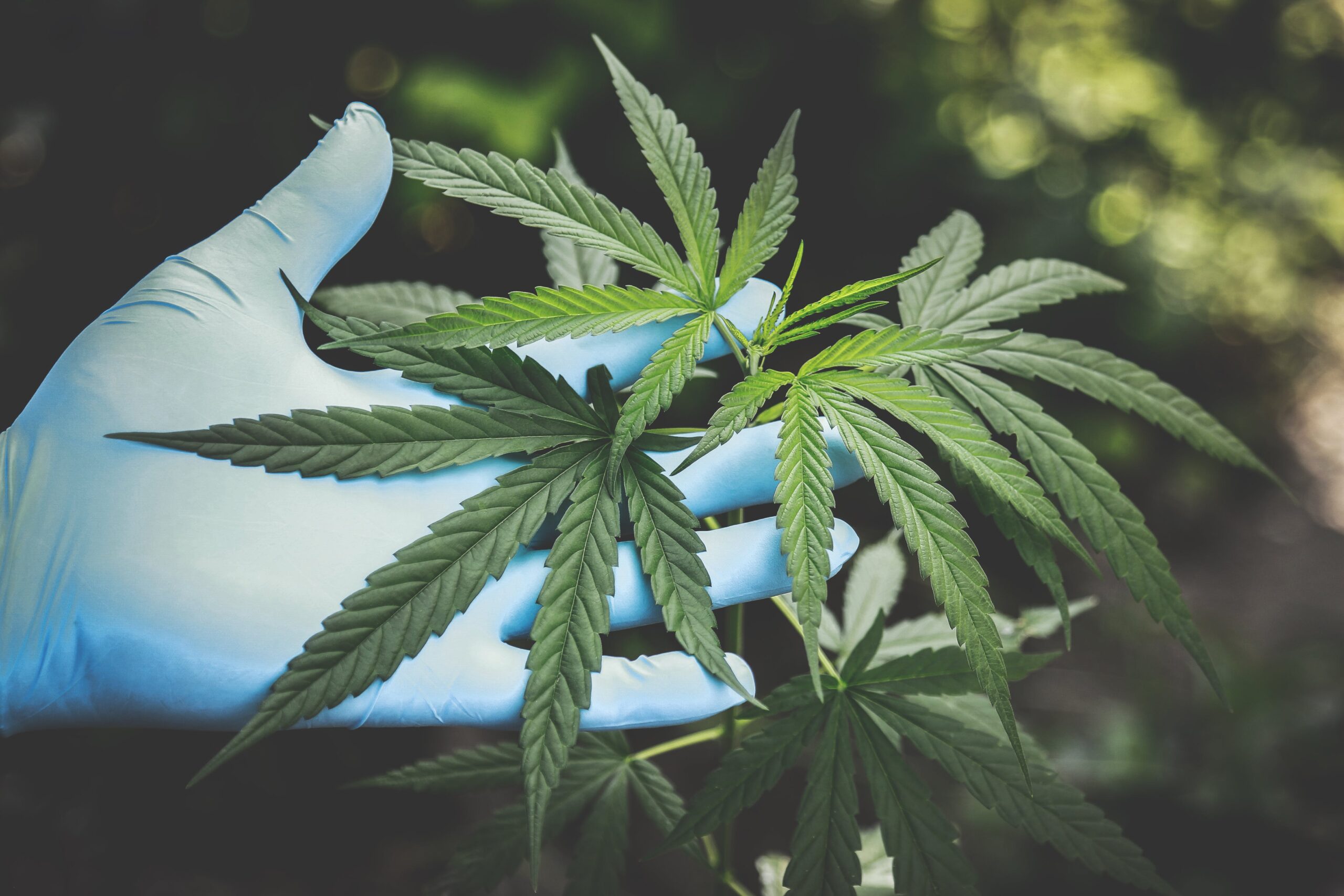Cannabidiol (CBD) and Cannabigerol (CBG) oils are derived from cannabis plants like hemp. Unlike Tetrahydrocannabinol (THC), CBD and CBG don’t make you high. These oils benefit health by interacting with the body’s endocannabinoid system. This article explains the basics of CBD and CBG simply. We’ll cover what these oils are, how they may work, their possible health effects, and what to look for when buying them.
What is CBG Oil?
CBG oil is a concentrated cannabinoid extract made from select cannabis strains high in cannabigerol (CBG) content.
Cannabigerol, better known as CBG, is one of over 100 cannabinoids produced within the cannabis plant. Unlike CBD, which is likely more familiar, CBG is present in only trace amounts in most cannabis varieties grown today.
You can think of CBG as the parent of other cannabinoids. It is the first compound synthesized in early plant growth, then transforms into CBD, THC, and other cannabinoids, depending on the plant’s genetics.
Research is still emerging, but early studies on CBG indicate it possesses anti-inflammatory, analgesic, and anti-microbial properties—similar to its “children” THC and CBD in some respects.
Why So Rare?
Most cannabis strains barely have any CBG by harvest time. It gets converted into other compounds as the plant matures. Only about 1% of the cannabinoid content in most strains is CBG.
However, some iconic haze strains stand out for retaining unusually high levels of CBG even at maturity. Some well known haze strains, like CBG Haze, contain around 10% CBG content, making them prized sources for CBG oil extraction.
How is CBG Oil Made?
CBG oil is made by extracting concentrated CBG from cannabis plants through solvent methods like CO2 or ethanol extraction. This captures the raw CBG in an easy-to-consume liquid form taken orally, like an everyday supplement.
Many users claim that CBG oil helps support various wellness issues, though larger clinical trials are yet to come. For example, CBG is known for its potential to stimulate receptors involved in pain and heat sensation and its relevant antibiotic effects.
What is CBD Oil?
CBD oil is derived from the now widely known cannabinoid called cannabidiol, commonly shortened to CBD. Unlike CBG, CBD is present in abundance in most cannabis varieties and makes up around 40% of the plant’s extract composition.
CBD interacts with the body’s endocannabinoid system, which regulates pain perception, mood, inflammation, and more. So CBD provides health and wellness benefits without altering one’s state of mind like Tetrahydrocannabinol (THC) does.
How is CBD Oil Made?
CBD oil is made by extracting CBD from both cannabis and hemp plants and diluting it with a carrier oil like coconut or olive oil. The key difference is that hemp contains very low levels of THC (less than 0.3%), so hemp-derived CBD oils fall under more liberal policies.
Higher doses of THC, the main psychoactive cannabinoid, may lead to negative mental health outcomes. This is why CBD oil is legal on the federal level only if it is derived from hemp and contains less than 0.3% THC. However, cannabis-derived CBD products are illegal on the federal level but legal under some state laws.
Common Uses and Effects of CBD Oil
CBD oil can be found in various products, including dietary supplements, bath soaks, drinks, and food. The most common effects reported from using CBD oil are reduced anxiety levels, pain relief, and improved sleep.
People also use CBD creams, salves, and other topicals for skin conditions or localized pain, as CBD does not need to enter the bloodstream to be effective when applied on the skin’s surface.
CBD oil doses vary greatly based on the targeted condition and the individual’s body chemistry and tolerance. While very safe even at high doses for most people, starting slowly with CBD and increasing gradually is recommended until the optimal effects are dialed in.
Comparing CBD vs CBG
CBD is more versatile, affordable, and abundant than CBG. However, CBG is more potent and has targeted medical potential based on preliminary research. Here is a comparison of the two compounds:
Prevalence
CBD is abundant and found in most cannabis strains, making CBD products widely accessible and affordable. CBG is rare outside specialty high-CBG strains, making CBG oil more expensive and exclusive.
Effects
CBD and CBG share similarities by interacting with the endocannabinoid system for pain, inflammation, mood, and other wellness effects. However, CBG is considered more potent and effective for certain specific medical conditions.
Medical Uses
Both oils have promising therapeutic potential. CBD is more researched and commonly used for general anxiety, seizures, and everyday wellness. Based on initial studies, CBG is geared more toward gastrointestinal issues, neurodegenerative conditions, tumors, and antibiotic-resistant infections.
Legality
Hemp-derived CBD oils containing less than 0.3% THC are legal almost everywhere. Marijuana-derived CBD follows local medical or recreational cannabis rules. CBG oils are less common, but legality aligns with these same cannabis regulations by state.
Dosage
Due to CBG’s increased potency and higher pricing, it is often used in smaller doses along with CBD to enhance its effects. CBD oils can be the core of a wellness regimen on their own at higher doses. Experimenting to find the right individual dosage is key for both oils.
Conclusion
CBD and CBG oils share similarities but have important distinctions. Common CBD tinctures provide affordable, widespread wellness supplementation. Rare CBG oil offers more potent, focused perks at a higher price. Additionally, some products mix CBD/CBG at a 2:1 ratio of CBD to CBG to potentially balance the wellness benefits of both cannabinoids. To find your ideal cannabinoid oil match, compare CBD, CBG, or both and determine your dosage for their benefits.
